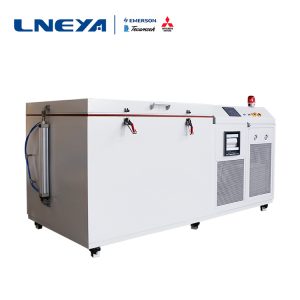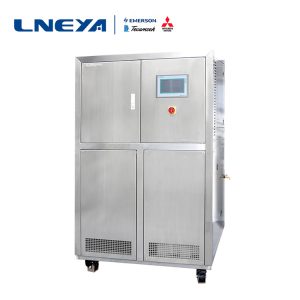日常化学、製薬、化学産業におけるチタン製リアクターの温度制御

The advantages and trends of titanium reactors in the daily chemical and pharmaceutical industries, titanium reactors will play a huge advantage in the future. Reaction equipment used to complete processes such as sulfonation, nitration, hydrogenation, alkylation, polymerization, condensation, and many other processes of organic dyes and intermediates. It has excellent properties such as super corrosion resistance, non-magnetic, high temperature resistance, pressure resistance, and bio-affinity.
The titanium reactor needs special attention during operation, otherwise it is prone to damage and causes unnecessary production stoppage. The chemical industry uses a large number of titanium reactors. Due to the corrosiveness of the medium, the hot and cold reaction conditions, transportation, use, and human-made problems, the enamel layer is easily damaged and affects the entire production. If a large area falls off, it needs to be returned to the factory for a new one. enamel.
The temperature of the reaction body in the kettle should be cooled at 110 degrees, and the temperature difference between the temperature medium and the reactor should not exceed 90 degrees to avoid cold shock damage to the equipment. This requires the use of high-precision temperature control equipment. Our LNEYA heating and cooling circulators are suitable for temperature control of most reactors.
The structure of the reactor is basically the same. In addition to the reactor body, there are transmission devices, stirring and heating (or cooling) devices, etc. Thus, the reaction temperature can be uniformly controlled. The temperature control of the reactor depends on the temperature change of the heat transfer oil in the jacket of the reactor to control the temperature in the reactor.
The heating, cooling, and temperature control systems of the reactor are sealed, no oil mist is produced at high temperature, and no water vapor is absorbed at low temperature. It is a heat transfer medium that can control the temperature of -100-200 degrees and the cooling capacity of 1kW-80kW in the same machine.
Closed liquid circulation system with expansion vessel. The expansion vessel is insulated from the liquid circulation and is only connected to the machinery and does not participate in the liquid circulation. Regardless of the temperature in the liquid circuit, the medium in the expansion vessel is below 60°C.
The working principle of our LNEYA dynamic temperature control system SUNDI series equipment is like this, and it is the best choice in the reaction vessel temperature control system in the industry.
関連推奨品
-
空冷式スクリュー冷凍機の3つの一般的な故障
13181.通信障害:コンピュータ・コントローラは、電気通信回線とトータル・インターフェース・ボードによって様々なモジュールを制御しているため、通信障害の主な原因は、通信回線の接触不良や断線、特にインターフェース・オキシダ...
詳細を見る -
高温と低温の冷却サーキュレーターの設置に注意すること
1302高温・低温冷却サーキュレーターは、正しく設置されてこそ、より良い運転が可能になる。設置の際に設置が適切でないと、高温・低温冷却サーキュレーターはある種のハ...
詳細を見る -
超低温冷凍機圧力コントローラーの故障を解決するには?
1270産業用超低温冷凍機が運転中にコントローラー関連の故障に見舞われた場合、その解決が間に合わなければ、圧力コントローラーが使用できなくなる可能性があります。圧力コントローラーは、超低温冷凍機において非常に重要な役割を果たしています。
詳細を見る -
Why choose LNEYA’s reactor automatic temperature control equipment?
1306With the rapid development of pharmaceutical and chemical industry, the market demand for automatic temperature control equipment for reactors is expanding. The requirements for automatic temperature control equipment for reactors are also rising,...
詳細を見る
 LNEYA工業用冷凍機 メーカー サプライヤー
LNEYA工業用冷凍機 メーカー サプライヤー













